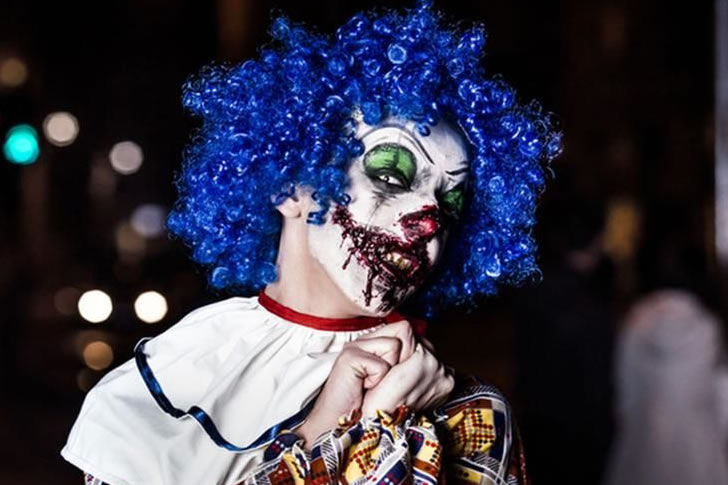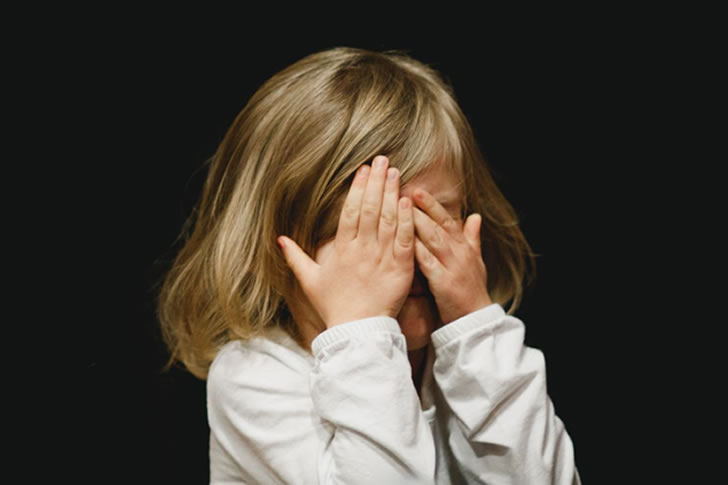More On The Babysitter
The babysitter was pitted against a homicidal criminal in these urban legends. The story is disturbing on many levels. For one, a teenage babysitter being at the front of a fight against an evil criminal is unfair. No one should have to face that danger anytime. In an ideal society, criminals should not really exist, and home security systems should not be needed if everyone followed the law. The kids being involved also points to a very serious problem. Most children are subjected to bullying and abuse during their younger years, which could have lasting effects when they become adults. If the kids were subjected to this kind of trauma, we could only guess what will happen to them as adults.
A Serious Mental Illness
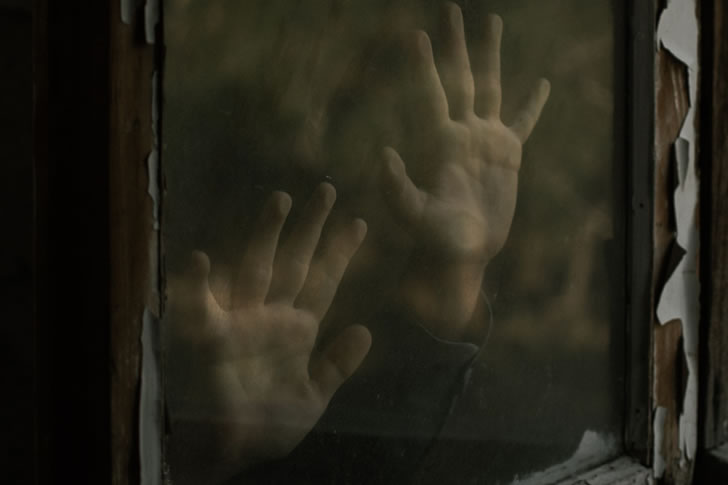
On the other hand, the clown man could also be a victim of his circumstances. Most of those who abuse children either physically or sexually were victims themselves as a child. During those times, there was no easy way to come out as an abused person. It was difficult because the perpetrators are usually family members. No one would believe or give you credit for standing up for yourself then. But things have changed now, and our society is more open to people who were hurt. Programs to help children and women who were harmed are available nationwide and are readily accessible. But even then, abusers still get away with things. We can only hope for a better justice system.
Inspired By True Events
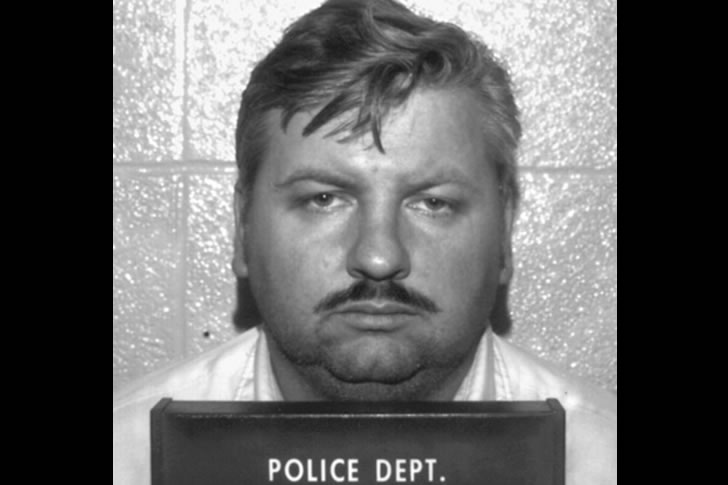
These urban legends may actually be inspired by events that happened in the 1970s and 1980s. One popular case was that of John Wayne Gacy. Reports say that in the 1970s, he caused the death of 33 young men and buried their bodies in his home in Chicago. It is gruesome, and the details are grisly. He was nicknamed the “killer clown” not because he crept up the houses of his victims disguised as a clown but because he was popular among the kids in the town as a party clown. We can only imagine the irony of someone making kids happy one day and then proceeding to do them harm the following day. But at least he was convicted and put to death for his crimes in 1994.
The Legend Lives On
But even after the death of John Wayne Gacy, the tale of the killer clown remains. It probably helped that while in prison, he painted “clown-themed artwork.” There was even a wave of phantom clown sightings in 1981. The origin of the sightings was in Boston and then later spread to ten other states. Loren Coleman documented these sightings in a book, Mysterious America. There were even reports of children being lured into vans by clowns. This incident then gave birth to another set of urban legend, claiming that white vans were circulating around metros to kidnap young children. Whether we should credit Gacy for these sightings or not is up for debate, but people being afraid of clowns certainly has valid reasons.Fear Of Clowns
Coulrophobia is the unofficial label for fear of clowns. Many say the fear is irrational, but as this article has shown, there is some valid basis for it. The fear can be debilitating. In the film It, the fear of the clown was showcased and validated. Stories like what we have seen here only amplify that fear of clowns. Of course, they are not scary per se, but because to a degree they had been associated with doing something terrible to children and even adults, the fear of these costumed characters had spread. We should not fear clowns, but we should also be careful of the many bad people out there. Parents should be especially protective of their children as they are the most vulnerable.Inspired By Movies
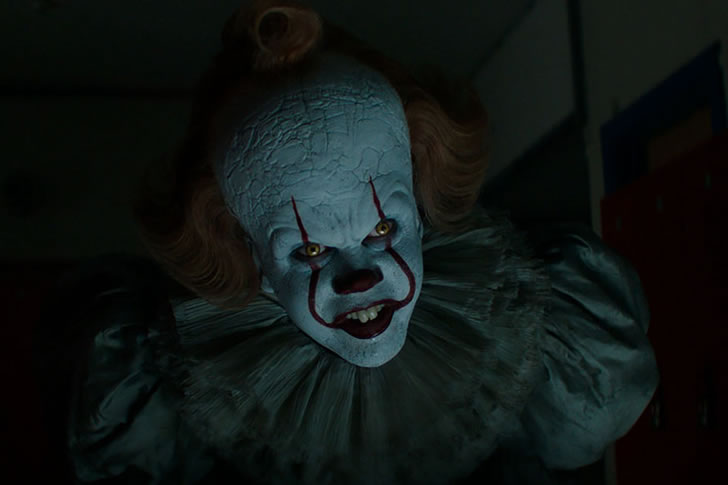
We have seen It. But the fear of clowns could have been inspired by an earlier movie, Poltergeist in 1982. In this movie, a scary clown doll terrorized two young children in their bedroom. This narrative is closer to the version depicted in the urban legend we just read. Demon clowns were also the driving plot behind the 1988 movie Killer Clowns from Outer Space. During the 1980s, information flowed from the media to the people and then spread rapidly among the people. Social media, as we know it now, did not exist yet, so there was no way to check or validate the information. This could be given credit for the unhampered spread of the various urban legends we now know.Children Do Not Like Clowns
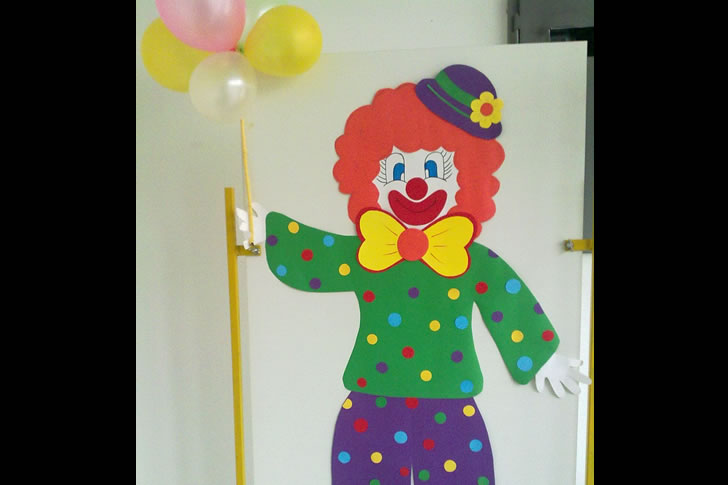
In general, informal studies have shown that children do not like clowns. They hate it when they are put as decors in hospitals. Most kids see clowns as menacing. There was once a controversy involving a strip mall named the General Grant Center, which decided to erect a 15-foot clown statue. Only a few people had gone there and used their credit cards to buy things because it was instantly labeled as a “Scary Clown Plaza.” It can be likened to a haunted building as a few people would dare to go there. Adults usually think of a clown as a pleasant fellow, but if you look carefully at the blood-colored lips and the utterly white face, it is indeed scary.
A Verifiable Case
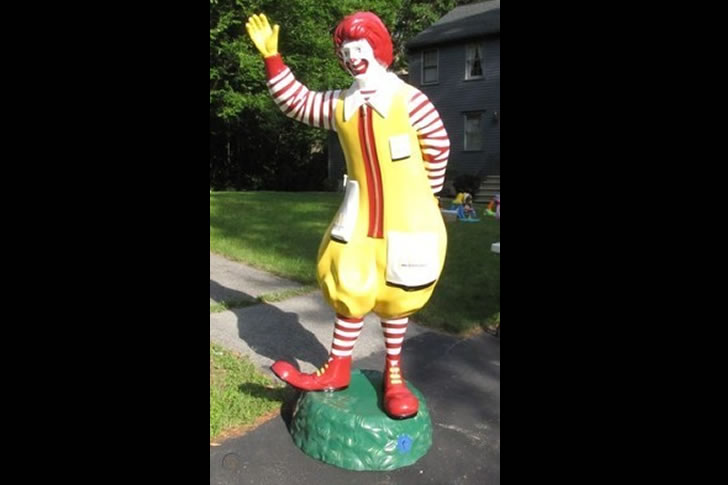
There is at least one verifiable case of a clown “attacking” children. In 1992, in Noblesville, Indiana USA, a Ronald McDonald statue fell down on top of a six-year-old girl causing the fleshy part of her fingers to be severed. It was reattached, thanks to the surgeons, but it was still malformed. The insurance would have covered the surgery anyway, but the family was also awarded damages in the amount of $41,000. It would not compensate for the trauma felt by the child, but it was probably accidental, so we could not blame the company as well. But we can only guess that they had made the foundation of the statues sturdier to avoid more accidents from happening in the future.
Wrap Up

The story here ends well, but the events leading up to the end was traumatizing for the children involved and the babysitter. While we can only speculate why the clown did not cause harm right away, we should be thankful that it did not happen. To a degree, we should be thankful for the quick wits of the babysitter and the parents who were able to identify the danger and move out of it right away. Also, yes, clowns can be scary, but we should not be afraid of them. We should be afraid of criminals, recognize that there are many in the society, work towards not being one, and making sure we take steps to protect ourselves and the people we care about.


